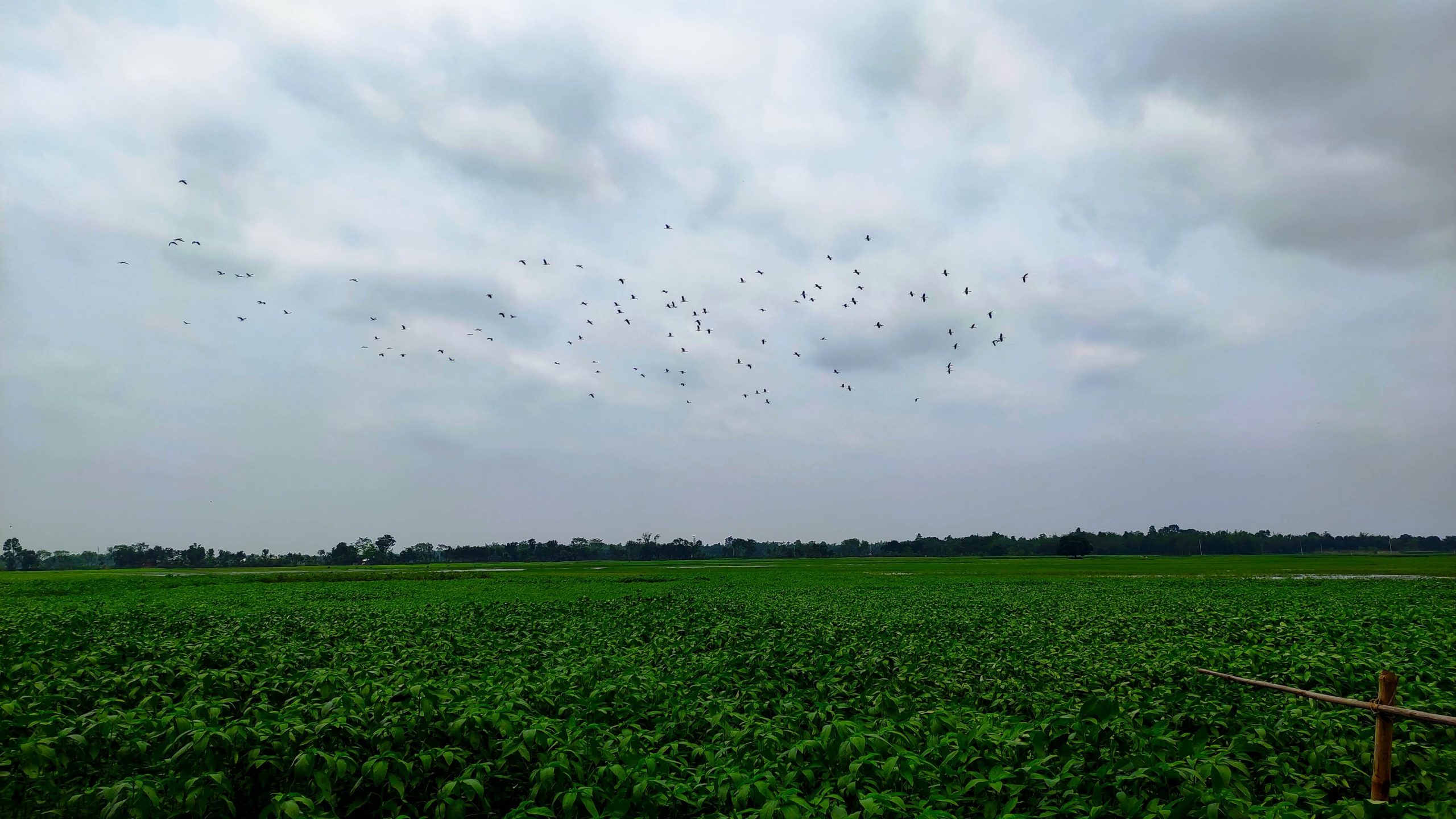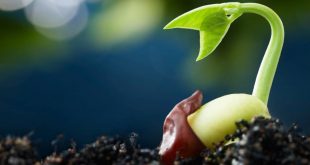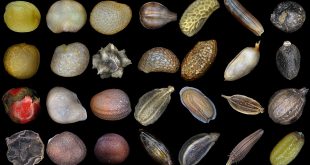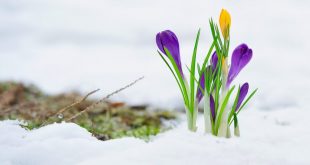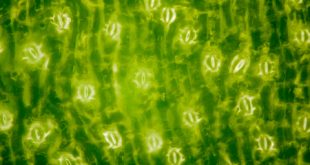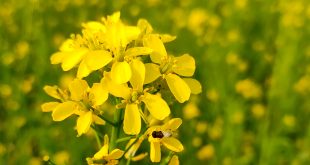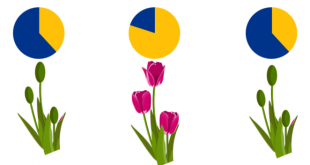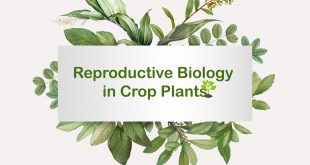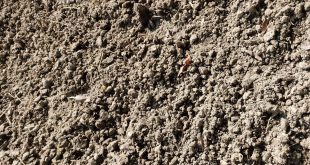All viable seeds which have overcome dormancy (if any) either naturally or artificially will readily germinate under suitable environmental conditions necessary for seed germination i.e., water, O2, temperature, and in some cases light. The seeds that just wait for suitable environmental conditions to germinate are said to be ‘quiescent’. In …
Read More »Seed Dormancy: Reasons, Breaking Methods and Advantages
There are several factors that influence seed germination such as temperature, moisture, and seed dormancy. Temperature and moisture levels are fairly easy to explain but what is seed dormancy? All the viable seeds have the capacity to germinate if placed under suitable conditions necessary for germination. In certain plants, such …
Read More »Vernalization: Cold treatment in plants
In the case of some plants, even though they receive proper photoperiod, they do not flower. It means that apart from photoperiodism plants also require something for their subsequent flowering. But what is that? Not all plants flower when subjected to the correct photoperiod. The temperature has a profound effect …
Read More »Stomata: Structure, Types and Functions
Like all other living beings plants have to exchange gaseous molecules. Animals have noses that help them to breathe in and breathe out to exchange gases. But what about plants? How do plants breathe in and breathe out? Well, plants have stomata or tiny pores on their epidermis that help …
Read More »Pollination: Introduction, Types and Conditions
Pollination is a very significant process of reproduction in plants. Creating offspring for the next generation is one of the major goals of every organism. Plants are indifferent too. One of the ways that plants can produce offspring is by making seeds, i. e., by sexual reproduction. Seeds contain the …
Read More »Photoperiodism: Flowering in Plants (Part I)
We all have heard about summer or winter crops, but do we know why they are differentiated by seasons? Why are they specific for a certain season to sow and subsequent flowering? Well, the answer is for Photoperiodism. But what is this photoperiodism? If you want to know about photoperiodism, …
Read More »Reproductive Biology in Crop Plants: Part Two
Reproduction is one of the fundamental features of life on earth. Reproduction means ‘to produce’. Plant reproduction is a biological process by which plants produce new individuals or offspring. Reproduction enables the continuity of plant species, generation after generation. Modes of Reproduction Modes of reproduction in crop plants are mainly …
Read More »Reproductive Biology in Crop Plants: Part One
Reproduction is one of the fundamental features of life on earth. Reproduction means ‘to produce’. It is the way of producing offspring. In this article, basic ideas about plant reproduction including its modes and the significance of these modes will be discussed. Reproduction in Plants Plant reproduction is a biological …
Read More »Concept of Soil Fertility
Soil fertility means the ability of a soil to sustain plant growth by providing essential plant nutrients and favorable chemical, physical and biological characteristics as a habitat for plant growth. Soil Fertility Soil fertility is defined as “the quality that enables a soil to provide the proper compounds, in the …
Read More »Coral Reefs: Types, Formation and Importance
Coral reefs are beautiful underwater ecosystems, look like undersea cities, filled with colourful fishes and numerous wonderful creatures. Sometimes coral reefs are called the ‘rainforests’ of the sea. In this article, the types, formation and importance of Coral Reefs will be discussed in detail. What are Coral Reefs? Coral reefs are …
Read More » Plantlet The Blogging Platform of Department of Botany, University of Dhaka
Plantlet The Blogging Platform of Department of Botany, University of Dhaka
